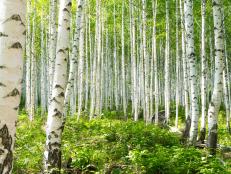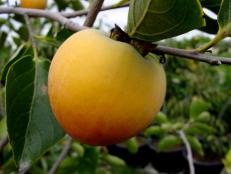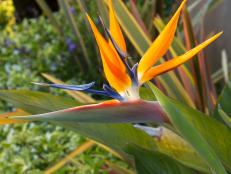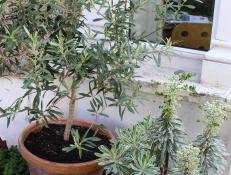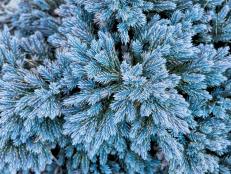Caring for Live Oak Trees
Arborist Chris Heim offers tips for maintaining live oaks to help them thrive in your yard, adding beauty and value to the home landscape.

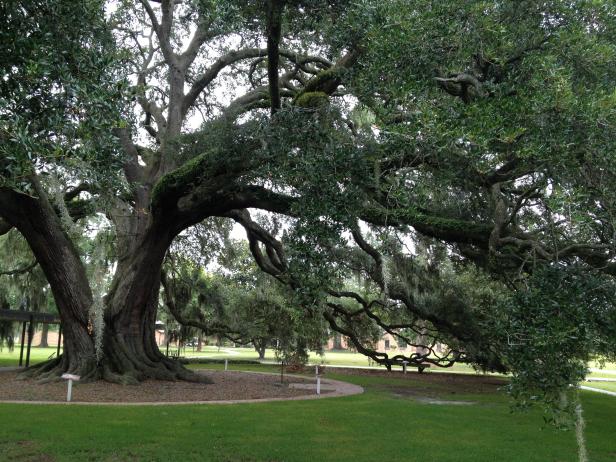
Photo courtesy of the Davey Tree Company.
Waycross, Georgia, is home to the second largest largest live oak tree in the country. Growing on the property of the Baptist Village retirement community, the tree known as the “Village Sentinel” is estimated to be 400 years old, stands 77 feet tall and has a canopy spanning 155 feet. Slated to be felled in the 1950s to make room for power lines, the retirement community spearheaded a successful effort to rescue the tree and hired arborists to ensure its ongoing care, a task Chris Heim of the Davey Tree Company has faithfully continued since he began with the company over thirty years ago. A majestic tree that can be the centerpiece of home and municipal landscapes in well-drained soil under many weather conditions. The live oak is known for its longevity and durability. Providing this popular shade tree with ongoing care will keep it healthy and looking beautiful for generations.
Pruning
“Dead limbs need to be pruned out for safety reasons and keeping the dead wood out allows for good wound closure, which is important for the health of the tree,” says Heim, but there are other factors when it comes to pruning a live oak.
“Inspecting the canopy is also important. If it looks like limbs are becoming too heavy at the ends, selectively thin those to lighten the load to prevent limb failure. As trees get older, growth will slow. That’s the nature of the lifecycle of a tree. Proper care will help the tree to continue growing and maintain health and foliage. Taking care of the tree will allow it to sustain itself.”
Fertilizer
In natural conditions, live oaks may not require fertilization, but in a managed landscape live oaks benefit from an appropriate fertilizer containing nitrogen, phosphorous and potassium.
“We use a 30:10:7 (ratio) slow release fertilizer that will last up to two years. What fertilizer will do is help to maintain the proper fibrous root hairs that absorb water and nutrients from the soil,” explains Heim. “It’s about helping the tree pull the resources it needs.”
Protect the Root Zone
For homeowners with live oaks on their property, Heim believes the most important element of care is to minimize competition for resources.
“It isn’t always the most aesthetically appealing option for the homeowner, but getting rid of anything that might disturb the root zone and inhibit the roots from taking in water and nutrients makes helps. That can mean underlying plants, ground cover, other trees or even turf” Heim continues. “Removing sod and replacing it with mulch can make a big difference.”
Cabling and Bracing
“When the tree grows in such a way that it can’t support the weight of some bigger branches, a cabling system is designed to take some of the stress off of those bowing branches,” explains Heim. “Sometimes you’ll see decay in the branches. Cabling can also be added to reduce the load on the limb and actually preserve the limb.”
“When they are cared for, live oaks can stick around for a long time," adds Heim. "These maintenance practices apply to a tree of any age, but it’s all about monitoring the tree and understanding the life cycle. There’s young growth, maturity and then natural decline. Then it’s about minimizing those decline factors and making sure the needs of the tree are met before they become a problem.”
“There are some great examples of live oaks around the country. It’s worth visiting some of the great historic trees,” encourages Heim. “Until you walk up under the canopy, you don’t really have a sense of the breadth of these amazing trees. It’s one of those church moments. If you’re traveling, do a little research and there may be one nearby. Pictures just don’t do them justice.”







